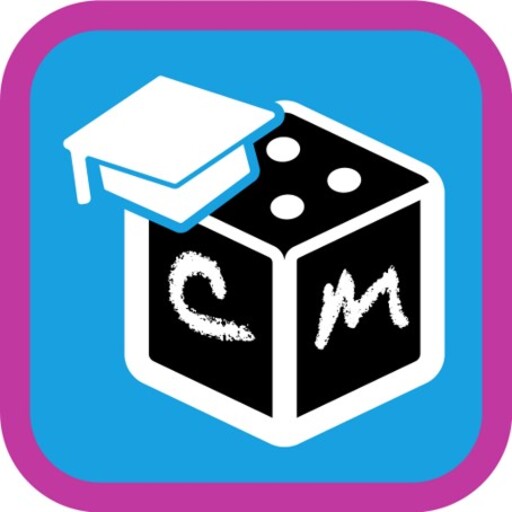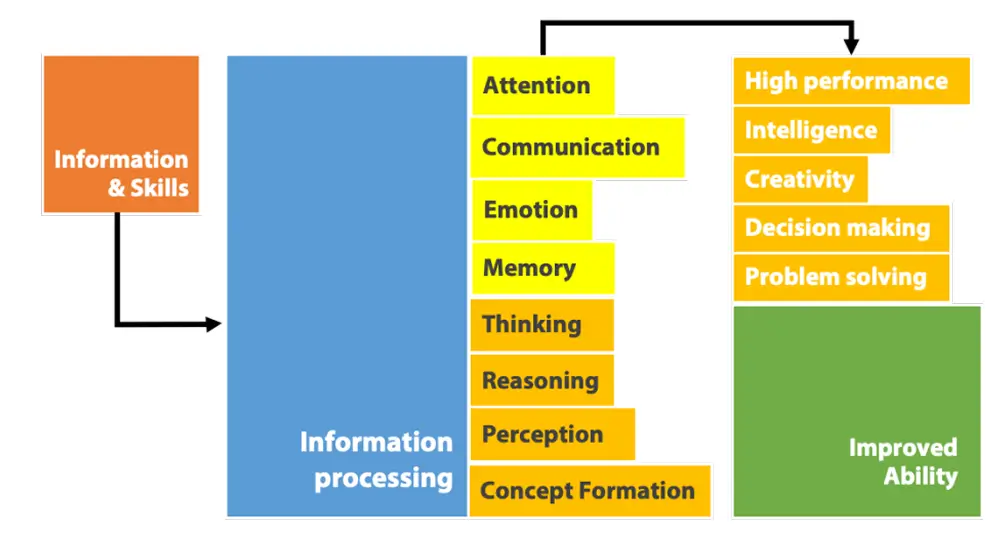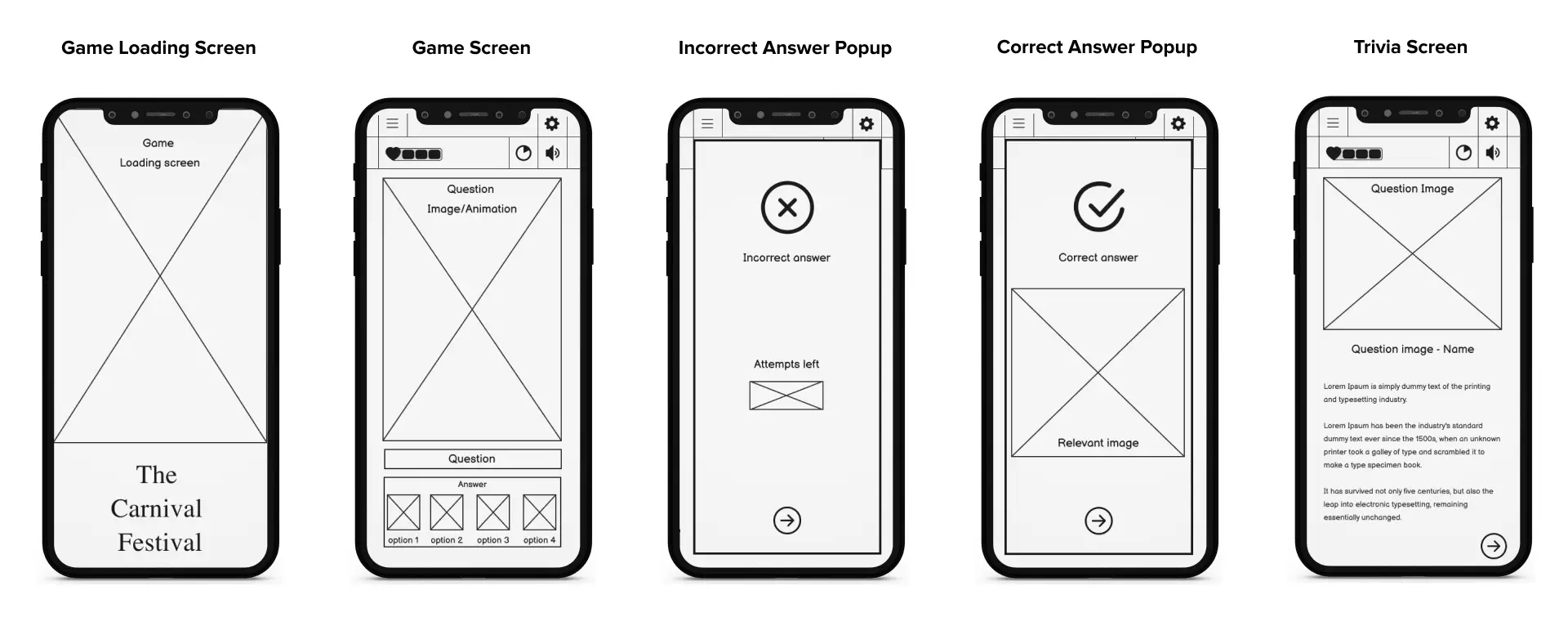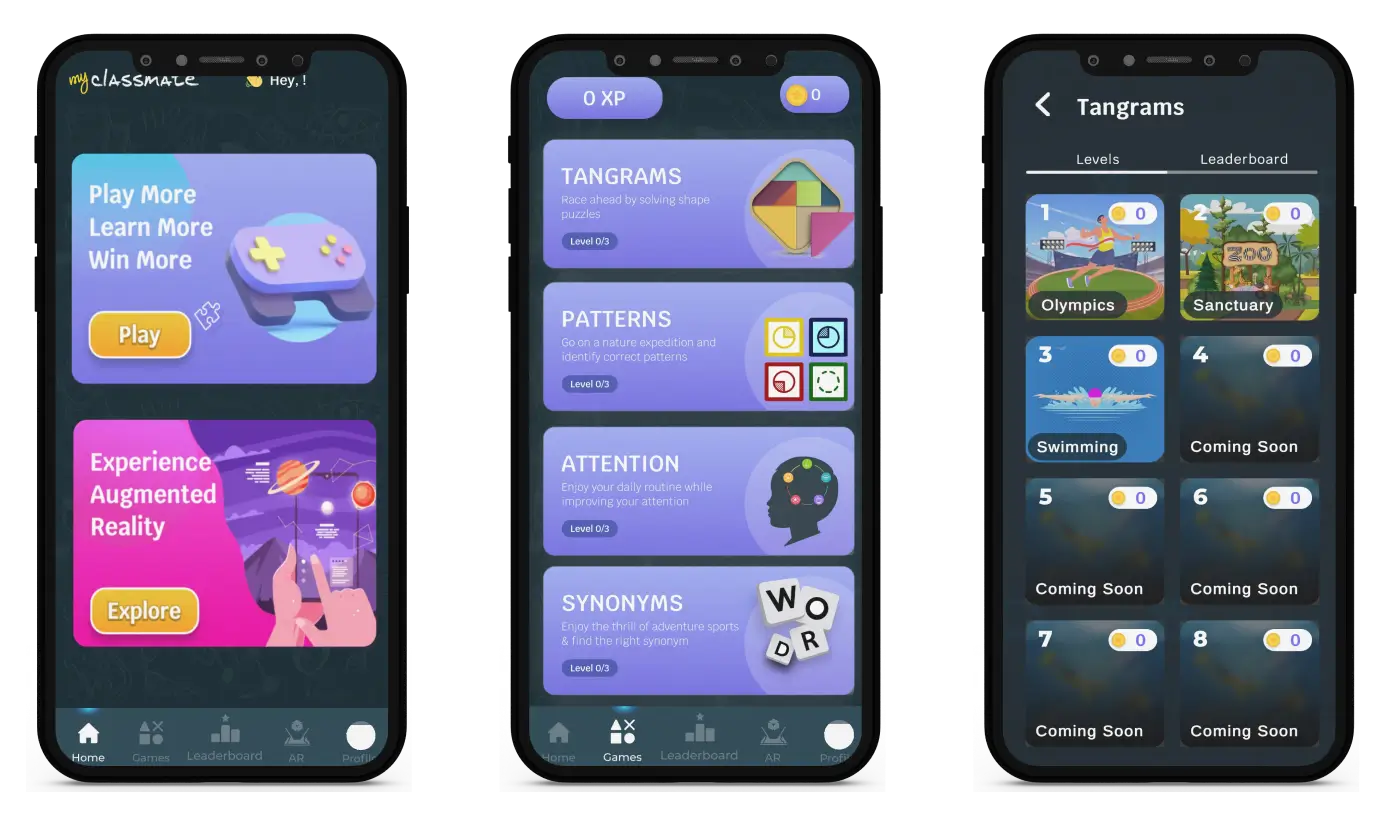Turning Play Into Cognitive Growth

It started with a simple brief from the client:
“Can you design a creative game that actually helps kids sharpen their minds?”
I loved the challenge. Children are brilliant testers of design honesty—they’ll abandon a boring product in seconds.
To keep them engaged, I needed to merge play and measurable cognitive improvement.
Setting the Stage
Imagine a classroom where every child is learning remotely, attention split between screens and daydreams.
Parents and teachers want tools that spark curiosity while quietly strengthening memory, logic, and pattern recognition.
Most “educational” games they tried felt like worksheets disguised as apps—too rigid, too wordy, or simply dull.
My Role
I joined as the sole UX designer, responsible for everything from discovery research to final high-fidelity designs.
That meant wearing every hat: researcher, product strategist, interaction designer, and usability tester.
Research & Psychology Framework
My background in Psychology (Master’s degree) gave me tools to look beyond surface behavior and into how children actually process information.
I mapped my research to established cognitive-processing stages—attention, memory, communication, and emotion—to design mechanics that strengthen those very abilities.
Cognitive information processing stages

The methods of processing any information which gets imbibed into our mind through all senses see, hear, smell, taste & touch.
The information gets processed with only the basic level such as attention, communication, emotion & memory then the processed information just increases the data stored in our mind.
Through Learning & Practice

This framework guided which skills each mini-game would target:
- Memory & Attention → matching sequences, timed recall.
- Reasoning & Concept Formation → logic puzzles.
- Communication & Emotion → collaborative story tasks.
By grounding design decisions in cognitive science, the game moved beyond entertainment to become a structured tool for measurable growth.
Listening First
I began with conversations and quick play-along sessions with children, parents, and a few teachers.
The insights were eye-opening:
- Kids crave variety—repetition kills excitement after only a few rounds.
- They respond better to visual and auditory cues than to text instructions.
- Parents want progress they can see, not just a “Game Over” screen.
Designing the Adventure
Armed with those insights, I sketched a world of mini-games—memory matching, pattern building, quick logic puzzles—each targeting a specific cognitive skill.
To keep every child in the “sweet spot” between boredom and frustration, I designed an adaptive difficulty engine.
If a player breezed through a level, the game subtly stepped up the challenge.
If they struggled, hints and slower pacing appeared, never letting them feel stuck.
The interface spoke their language: bold colors, friendly characters, large tap targets, and tiny bursts of celebratory animation after each win.
Text was kept minimal; audio prompts guided non-readers.

Testing With Tiny Critics
Prototypes went straight into the hands of kids.
Their reactions were candid and priceless:
“I like the stars when I’m right.”
“It’s too long—can we skip?”
Each round of testing fed back into design tweaks—shorter levels, clearer iconography, faster reward loops.
Drop-off during a session 42 % to 18 % after these iterations.
Logic-puzzle accuracy climbed from 63 % to 82 % over a four-week period.
The Finished Game
The final product is a playful ecosystem of cognitive challenges wrapped in vibrant visuals.
Children embark on a journey where every success unlocks new levels and badges, while a simple dashboard shows parents and teachers real progress.

The Impact
Within the first pilot run:
- Within the first pilot run, average session length grew from 6.5 to 11 minutes, and level-to-level drop-off fell to 18 %, proving the adaptive difficulty kept kids engaged.
- Children showed a 22 % improvement in memory recall and a 31 % gain in attention span, validating the psychology-based game mechanics.
- 92 % of parents said their child was “more excited to learn” compared to other learning apps.
Looking Back
Designing for children taught me a powerful lesson: fun is serious business.
Balancing delight with measurable learning required constant iteration and humility.
If I were to extend the project, I’d explore voice interactions for early readers and collaborative modes so friends could learn together.
Key Takeaway
MyClassmate isn’t just a game; it’s proof that well-crafted UX can make education irresistible.
By blending adaptive design with kid-friendly storytelling, I have turned a client’s simple brief into a product that truly grows with its young players.
Have a question or idea? Click below to connect with me directly.




